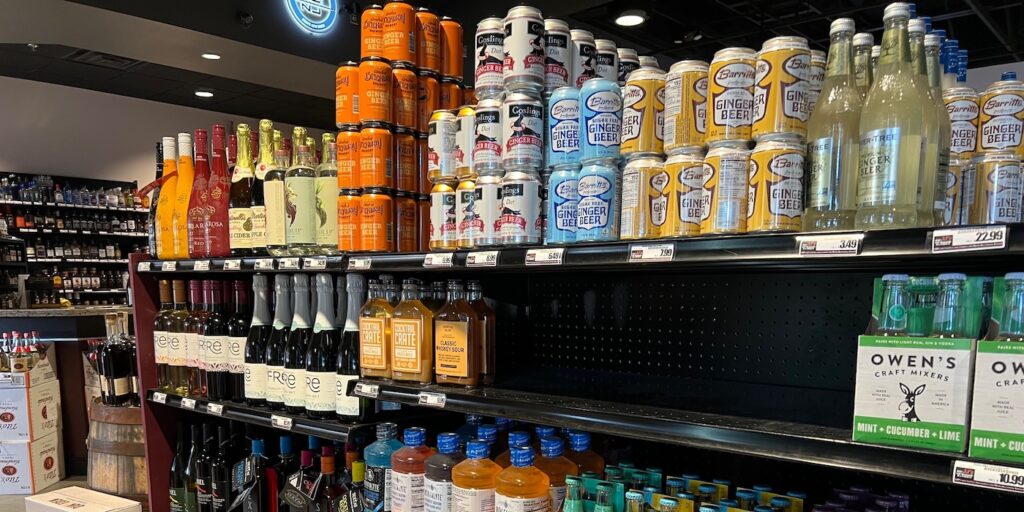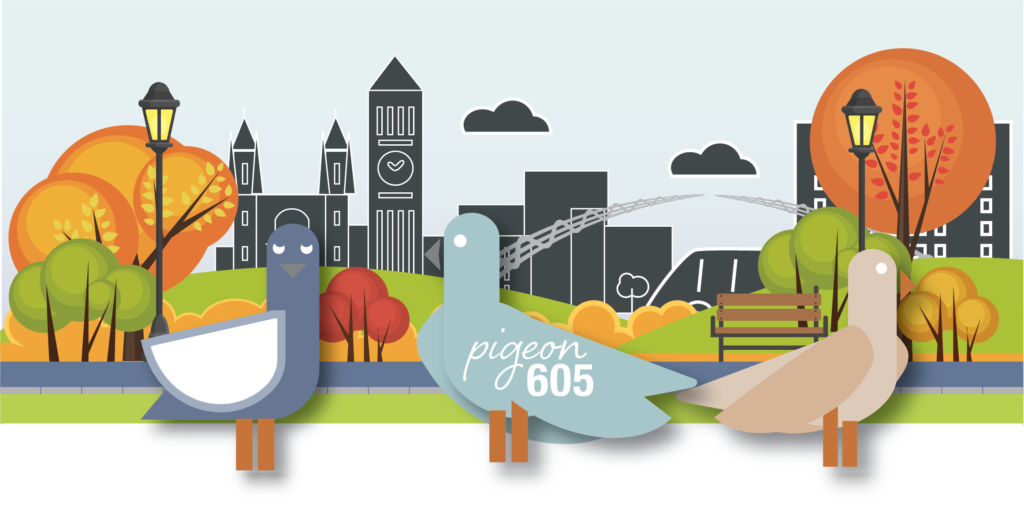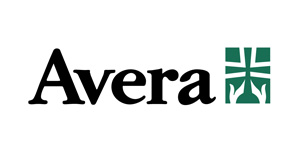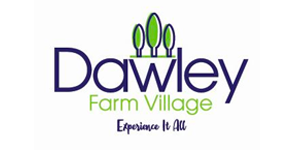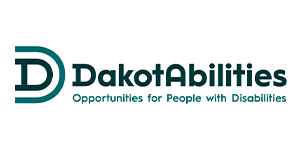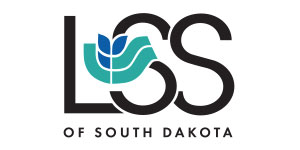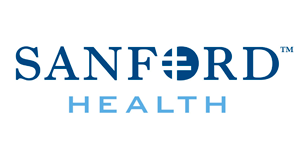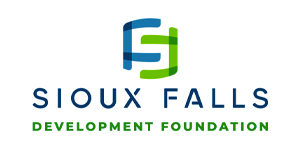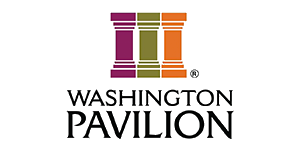City presses pause on Sustainability and Climate Action Plan
By John Hult, for Pigeon605
The Sioux Falls Sustainability and Climate Action Plan is officially on hold.
The draft plan set a goal of a 45 percent reduction in greenhouse gas emissions in the city by 2030 and net-zero carbon emissions by 2050 through a combination of building code updates, electrification of buildings and transportation, and land use and waste management.
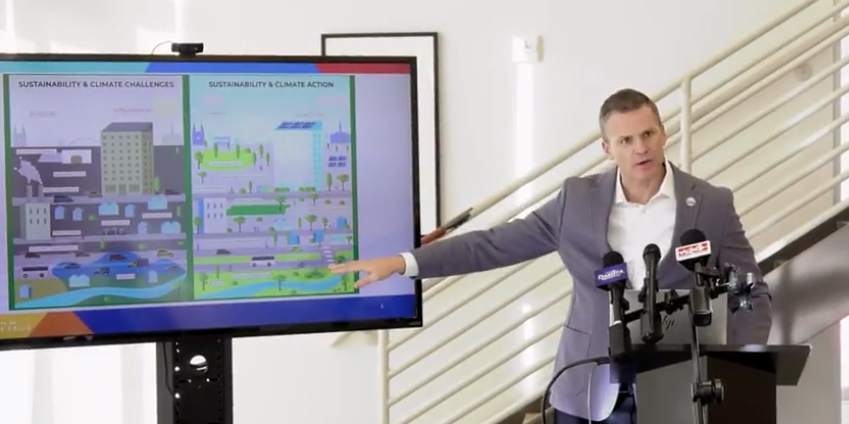
On Monday, sustainability coordinator Holly Meier said the city plans to reach out to a wider swath of stakeholders for input on the plan, which was crafted over the course of 18 months and included input from academics, environmental groups, architects, business leaders, energy company representatives and city departments such as public works and environmental services.
The plan will not return to the City Council docket before 2023, Meier said, “in response to the feedback we’ve been hearing.”
The city will be “broadening the stakeholder group and engaging more residents; commercial businesses; the natural gas and electric utilities; homebuilders; automotive, trucking and construction industries; and other interested parties,” the city’s sustainability website now reads.
As written, the plan recommends but does not mandate building code updates and electrification targets, alongside a host of educational programs and departmental pilot projects such as integrating hybrid police vehicles into the city fleet, planting trees and expanding no-mow areas that help slow the flow of pollutants into the Big Sioux River.

Even so, City Council members raised concerns about the plan’s potential to push up home prices when it was first presented during an informational meeting March 1. Councilors also lamented the lack of a council representative on the sustainability committee.
The Home Builders Association of the Sioux Empire rallied its membership to offer comments on the plan in advance of the March 31 cutoff date, noting that “climate change regulations have the potential not only to exacerbate the challenges homebuilders already face but can also change where and how communities grow,” according to Joel Ingle of C-Lemme Cos., the local government committee chair for the association.
Ingle welcomed the news of a hold on the plan. HBASE isn’t opposed to the plan in theory, and the organization supports boosts to energy efficiency and emission reductions, Ingle said, but certain planks of the plan felt unreasonable in light of inflation pressure on an industry that’s “really fighting and trying to keep things affordable.”
One possible pathway toward reduced emissions in the building sector, for example, called for the electrification of 80 percent of new buildings starting in 2024, and 7 percent of existing buildings electrified each year. Builders are struggling to procure materials of all kinds at this point because of supply chain troubles – even the conventional gas furnaces that had been easy to come by just a few years ago. An electrification push in the current market would exacerbate those troubles, he said.
“We’re not saying we don’t want it to go forward, but we can’t support it until we have some of those concerns addressed,” Ingle said.
For its part, the sustainability steering committee had hoped to avoid causing serious disruption to any particular sector of the local economy. Steering committee member David O’Hara, Augustana University’s sustainability coordinator and chair of the department of religion, philosophy and classics, said the group took a measured approach to its work and that “there wasn’t any attempt to exclude anybody” from the conversations, and that “we really don’t want anybody to be impoverished because of this plan.”
O’Hara approached his work on the committee with an eye to what he calls the “triple bottom line” when he teaches students about sustainability: the three Ps of people, planet and prosperity. Moving away from fossil fuels and reducing greenhouse gas emissions needs to attend to each of those factors to hit the mark for sustainability.
“The big idea with each of those is that whatever we do, if it’s sustainable, it’s going to make life better for people, it’s going to take care of the planet, and it’s going to be profitable or not impede prosperity,” O’Hara said. “If any one of those things is missing, then we’re in the red.”
City climate action, sustainability plan sets targets for greener future
Share This Story
Most Recent
Videos
Want to stay connected to where you live with more stories like this?
Adopt a free virtual “pigeon” to deliver news that will matter to you.









